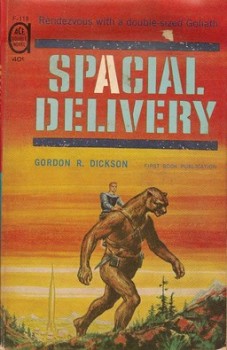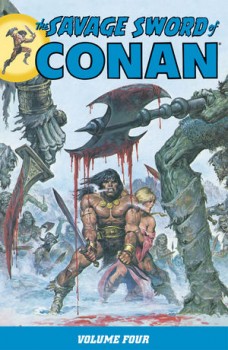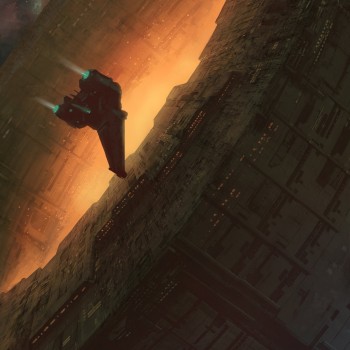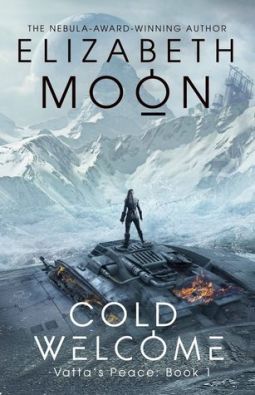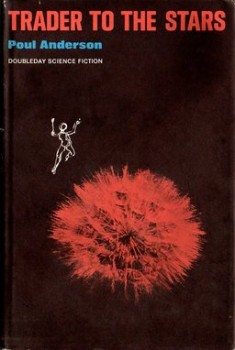Wolves, Bears, Cats & Dragons: The Best Animal Sidekicks in Fantasy
From the OED:
sidekick, n.
…3. orig. U.S. slang. A companion or close associate; esp. a loyal assistant of a more important or powerful person; (also) a partner in crime, an accomplice.
Last spring I published my first novel, Guile. It’s a YA fantasy in which the main character, Yonie, has a talking cat named LaRue for her best friend and quasi-sister. Writing their scenes together made me think about other animal sidekicks I’ve loved in fantasy literature.
Human sidekicks (or humanoid, like Chewbacca) tend to have defined roles such as friend, colleague, or employee. With animal sidekicks the relationship is often closer. They may enjoy a unique bond with their human, sometimes even sharing their thoughts. Their emotional closeness is often reflected physically — an animal sidekick may act as a steed for a human, or if it’s small it may ride on the human’s shoulder.(*)
Here are some of my favorite books that have animal sidekicks, broken down roughly by intelligence level of the animal. I’m focusing on sidekicks, but please take it as given that these books also have wonderful settings, original ideas, and main characters to cheer for!
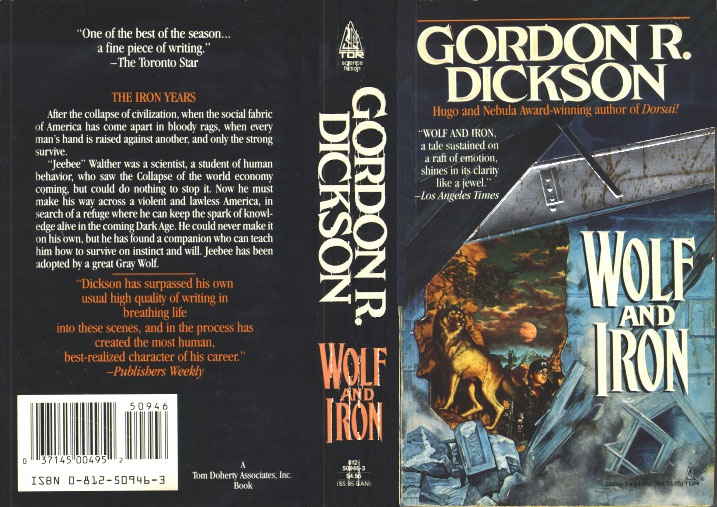
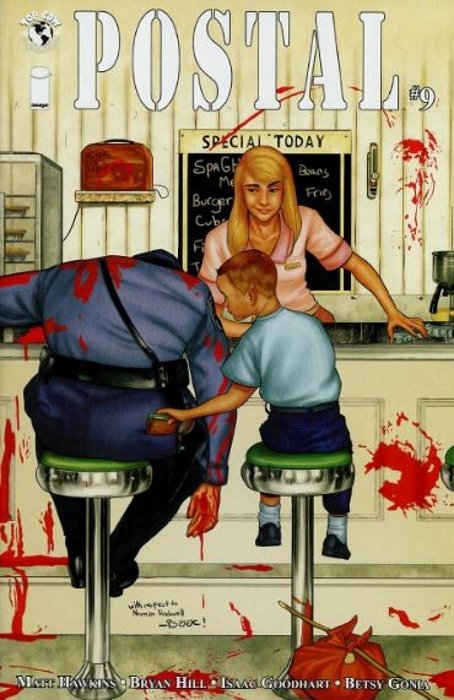
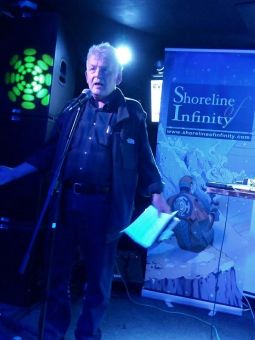
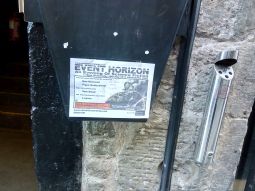
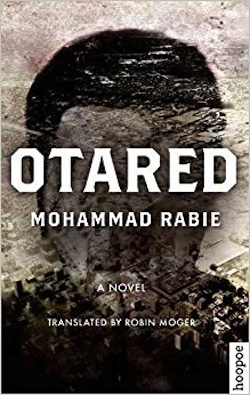 One pleasant stop on my recent trip to Cairo was the American University’s bookshop near Tahrir Square. It’s a treasure trove of books on Egyptology and Egyptian fiction in translation. Among the titles I picked up was the dystopian novel
One pleasant stop on my recent trip to Cairo was the American University’s bookshop near Tahrir Square. It’s a treasure trove of books on Egyptology and Egyptian fiction in translation. Among the titles I picked up was the dystopian novel 